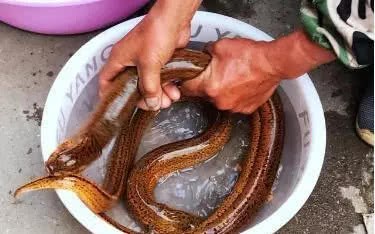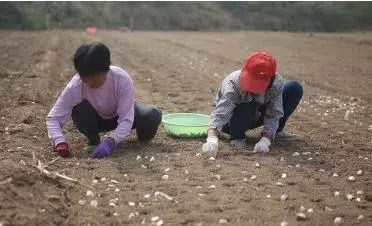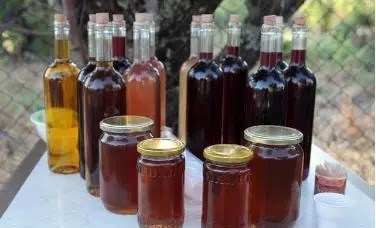Does the hole made by Monopterus Albus in the rice field affect the growth of rice?

Abstract: the rice fields are full of holes made by Monopterus Albus. Does it affect the growth of rice?
When you mention rice field eel, you think of braised eel sections in brown sauce, fried rice field eel with garlic, and fried rice field eel with garlic seedlings. Ricefield eel is really delicious, with less thorns and more meat, but the price is a little high. When I was a child, my favorite was that children from several villages went together to look for rice eel and Loach in the rice field. But the Loach tastes a little worse.
Catch ricefield eel
There were indeed many ricefield eels in the rice fields when I was a child. At that time, I was very skillful in finding ricefield eels. I found that there was white foam in the rice fields, so there must be ricefield eels in this place, and they are still female ricefield eels. With the hook of the Monopterus Albus, put the Loach in the mouth of the Monopterus Albus cave and you can catch the Monopterus Albus. But the thing I feared most when I was a child was to confuse the yellow eel hole with the snake hole.
Does Monopterus Albus do any harm to farmland?
First of all, let's take a look at the living habits of Monopterus Albus. Monopterus Albus is a carnivorous fish, which usually goes out at night, so many people in the countryside go to catch Monopterus Albus at night. Monopterus Albus likes to drill holes in the mud, and there must be at least two holes, one for escape and the other for breathing. Therefore, the hole of ricefield eel is often seen on the ridge of the rice field. There is usually no ricefield eel in this hole, and there is a hole in the rice field, about ten centimeters from the surface of the water.
It is mentioned above that rice field eel is carnivorous fish, so rice field pests such as rice planthopper, rice weevil, moth and so on will be caught by rice field eel. However, the frogs and tadpoles in the rice fields will also be eaten by Monopterus Albus, so for Monopterus Albus, as long as you are something it can eat, it will eat it, whether you are a beneficial insect or a pest. So it can be said that the merits and demerits of this point are offset.
Another point is that Monopterus Albus likes to drill holes, one hole is not enough for it, Monopterus Albus needs several holes. Therefore, this results in poor water retention of paddy soil and easy loss of fertilizer. Especially if your rice field is relatively high, after Monopterus Albus opens the hole with other rice fields, the fertilizer you get from your rice fields will soon flow into other people's rice fields.
However, the excreta of Monopterus Albus is also a good nourishment, which is also good for rice fields.
Therefore, it can be said that ricefield eel has both merits and demerits for rice fields, and it is difficult to determine. Because the market price of ricefield eel is getting higher and higher, many people will specially catch ricefield eel, and the use of pesticides, electric fish and so on, there will be far less ricefield eel in rural rice fields than in the past. Even if there is harm, it will not be very serious.
In addition, some places will use rice fields to raise rice eels to get rich, but here to say that rice field eels in rice fields is not an easy thing, it is better not to blindly carry out.
Here is science to promote agriculture, welcome to add attention, with you to grow knowledge.
- Prev

How to apply high yield fertilizer to garlic when planting time is coming?
The market for garlic is not very good this year, and many garlic farmers have not made any money this year. It's mid-August, and it's time to plant garlic on our side in a month or so. Here, let's talk about the fertilization of garlic.
- Next

Wine made from grapes in summer is also delicious.
Wine tastes good, but it is not easy to make. Science Xingnong has made watermelon wine, apricot wine, cider and mango wine this summer. Of course, the wine must also be made. On the whole, only wine tastes good in the above wines.
Related
- Wuhan Hospital Iron Tree Blooming Result Was Instantly Frightened by the Gardener Master
- Which variety of camellia is the most fragrant and best? Which one do you like best?
- What is the small blue coat, the breeding methods and matters needing attention of the succulent plant
- Dormancy time and maintenance management of succulent plants during dormancy
- Minas succulent how to raise, Minas succulent plant pictures
- What are the varieties of winter succulent plants
- How to raise succulent plants in twelve rolls? let's take a look at some experience of breeding twelve rolls.
- Attention should be paid to water control for succulent plants during dormant period (winter and summer)
- Watering experience of twelve rolls of succulent plants
- Techniques for fertilizing succulent plants. An article will let you know how to fertilize succulent plants.

